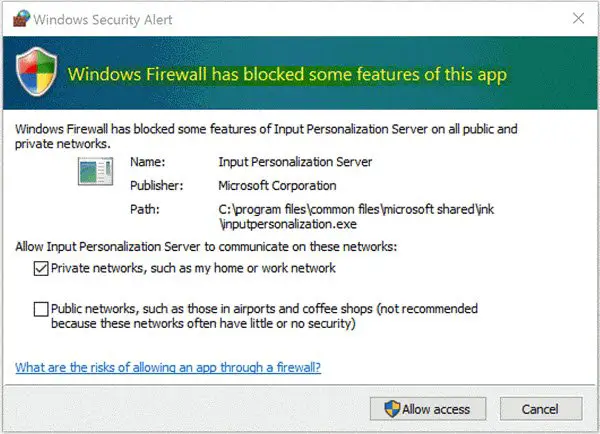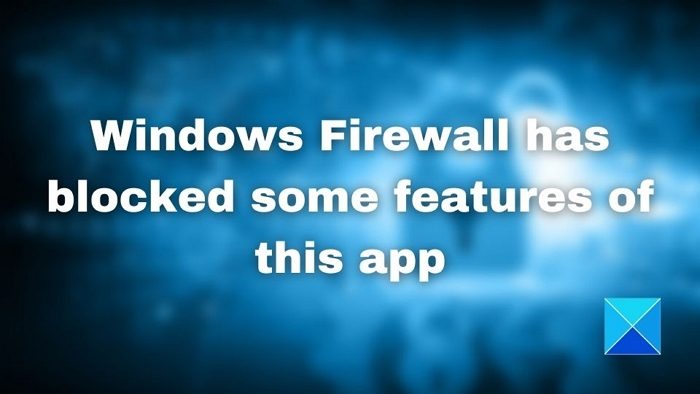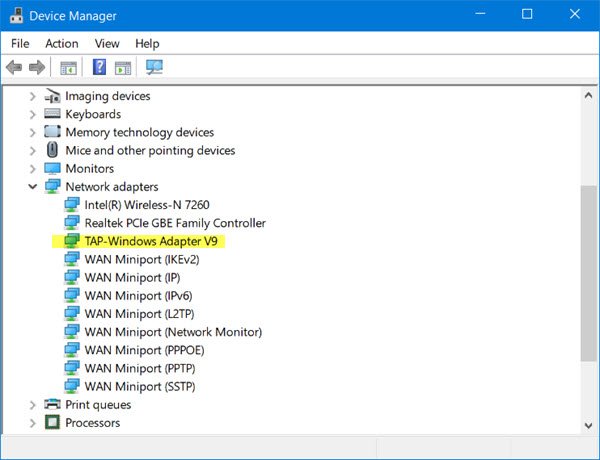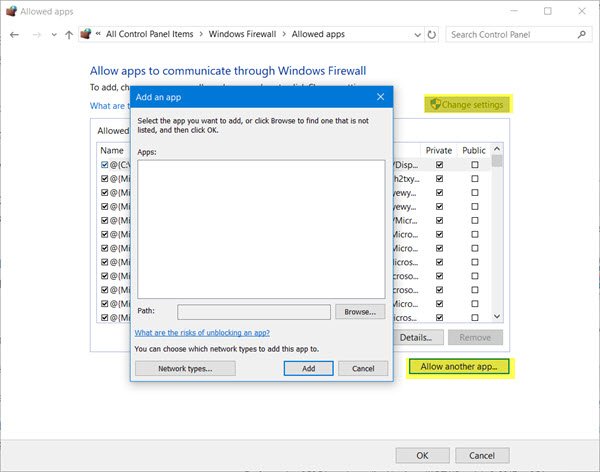With the launch of Windows 11/10, Microsoft seems to have toiled real hard to augment the security of its operating system, both with the addition of new tools to defend against hackers as well as new features that make it convenient and much more secure to use.
Windows Firewall with its Advanced Security is a vital part of a layered security model. By offering a host-based, two-way network traffic filtering system for your devices, Windows Firewall with Advanced Security blocks any unauthorized network traffic flowing out of or into the local devices. The older versions of Windows Firewall allowed one only to set rules for the incoming connection, whereas the newer versions, like the ones in Windows 11 and Windows 10, offer control over outgoing connections as well. That means if the users want, the system lets them prevent certain software or apps from connecting to the internet or limit them to using only secure connections. Windows Firewall does it by working with the Network Awareness system that lets it apply security settings that are appropriate to the forms of networks to which the device is connected.
Windows Firewall has blocked some features of this app
All these strict security measures are a great option for those worried about leaking personal information over insecure connections and blocking malicious inbound & outbound connections. However, the Window’s Firewall sometimes becomes quite irritating due to the repeated notifications that ‘Windows Firewall has blocked some features of this app‘. You will see this message on Windows 11, Windows 10, Windows 8.1, and Windows 7 as well as the earlier versions. According to Microsoft’s official support forum, usually, this notification requests the user to permit access to a process or a program, however, as soon as the corresponding activity starts, the notifications start appearing repeatedly. It is mostly seen when using a web browser. The most common culprit behind this notification in web browsers is a malicious plugin or a plugin that tries to connect to the internet without the user’s permission. Other causes may include software or apps that try to update themselves in the background without your permission as well as viruses and malware on your computer. If you receive this message frequently, here are a few things you could try.
1] Anti-virus scan
The priority should be to scan your computer for viruses with your antivirus software and see if it is some malware that is causing this popup.
2] Disable VPN Network Adapter
Such messages can also be triggered by a VPN client running on your system. If you are running a VPN, from the WinX Menu, open Devices Manager and expand the Network Adapters category. Try and identify the entry related to your VPN software, right-click on it, select Disable device and see if it helps. You may be required to reboot your computer. If it does not help, you may enable it again. If it does not help, you may turn off each of the Network Adapters one after the other and see if any one of them is causing this problem.
3] Whitelist the process in the Windows Firewall
If the process you know is safe for sure, you may allow the particular program through your Firewall by whitelisting it as follows: If the program you want to unblock is not in the list, click the Allow another program button to add it. Add the software or application in the list and choose ‘Add’. If the program you wish to unblock is not in this list, use the ‘Browse’ feature to search the program manually. You may also configure the Network type. Once the required program has been granted permission, click ‘OK’ and exit. If you find this too tedious, you may use an app like OneClick Firewall or Windows Firewall Notifier to allow or block access with a click.
4] Restore Windows Firewall settings
If you think you may have disturbed the default Windows Firewall settings, you may want to reset Windows Firewall settings to defaults. This post will show you how to Import, Export, Repair, Restore Default Firewall Policy. Hope something helps! See these posts if you face the following issues:
Windows could not start the Windows Firewall on Local ComputerWindows Firewall service does not startError 1079. Windows Time, Windows Event Log, Windows Firewall services fail to start.
How to Check Firewall Details with current profile?
You can use Command Prompt or Windows Terminal using the netsh advfirewall show currentprofile. Once you run the command on the terminal, it will show details of the Local Firewall Rules, Remote Management, Logging, and so on. Be aware, that netsh firewalldoesn’t work anymore, and so you should use this command.
How do I allow a program to run that firewall is blocking?
In the Windows Firewall settings, you can click on Allow a program or feature option and then unblock or add a program to make sure they are not blocked by the Firewall. However, if the program still doesn’t work, you may want to check if you have additional security software that might be blocking the program.




